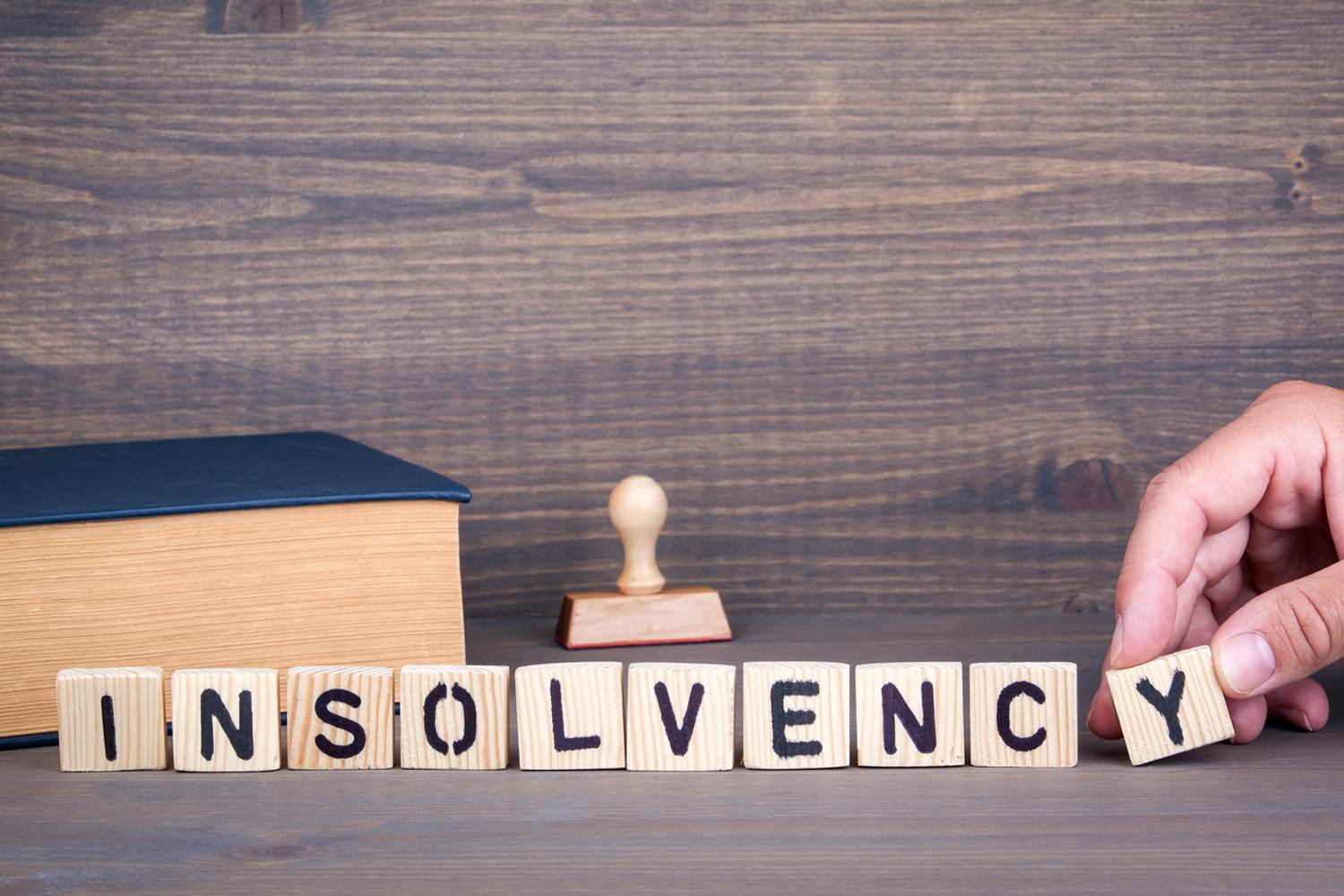It is an unfortunate event when a company experiences financial difficulties at times. They eventually file for insolvency, which is a situation where a business or person is unable to repay outstanding debts. To be insolvent implies two things –
- Total debt value is more than the combined assets’ value
- Debt cannot be paid when they are due.
The shareholders/directors do not realize that there are numerous options available to them. Through this article, you will come across those options.
What Should You Do If You Face Insolvency?
1. Measure Your Debt – You should first calculate your entire debt. You should try and obtain the most accurate figures for the debt from all the financial documents. This will help in –
- Estimating how long it would take to pay the debt off.
- Knowing what choices you have.
- Explaining your problem to the advisors.
2. Get Advice – You can either seek advice from the lawyer or a budgeting advisor. The lawyer should be your choice if you wish to keep trading. In case you do not, you may risk making the same mistakes and end up in a similar position. A budgeting advisor can advise you on how to cut your costs, decrease debt growth, and obtain an agreement with the Inland Revenue to avoid any penalty.
3. Take Action – If you take the right action, you can resolve the matter without visiting a court, which can order you to perform some actions. You can –
- Talk to your creditors about a repayment schedule or compromise. You must seek help from your budgeting expert, lawyer, or accountant in this case.
- Sell your assets to repay the debts.
Involuntary Closure
Liquidation
In case a company cannot pay its debts, it can be put into liquidation, which means all of its unsecured assets would be sold to repay creditors. To investigate the company, a specialist accountancy firm is appointed to find out why the company failed as well as sell assets to repay the creditors. The business can be liquidated by –
- Its creditors
- Its board of directors
- Its shareholders
Receivership
In case a business does not repay the debt it had secured against assets, the creditor can appoint the receiver to sell the assets to repay the loan. You must know that receivership is one of the conditions of a loan agreement but does not affect the assets, which have not been utilized to secure the loan.
The receiver is appointed to manage the company or sell assets for making enough money to repay its secured creditors. It is the responsibility of the receiver to pay the highest priority debts first, such as tax or unpaid wages, which are known as preferential claims.
The Bottom Line
Insolvency is a common incident but it does now mark the end of a business. If the right steps are followed, and suitable decisions are taken, a business can survive insolvency and redeem itself to become a successful business in the future. Insolvency is a way to stop the debt from increasing and offer the business a chance to start afresh.
